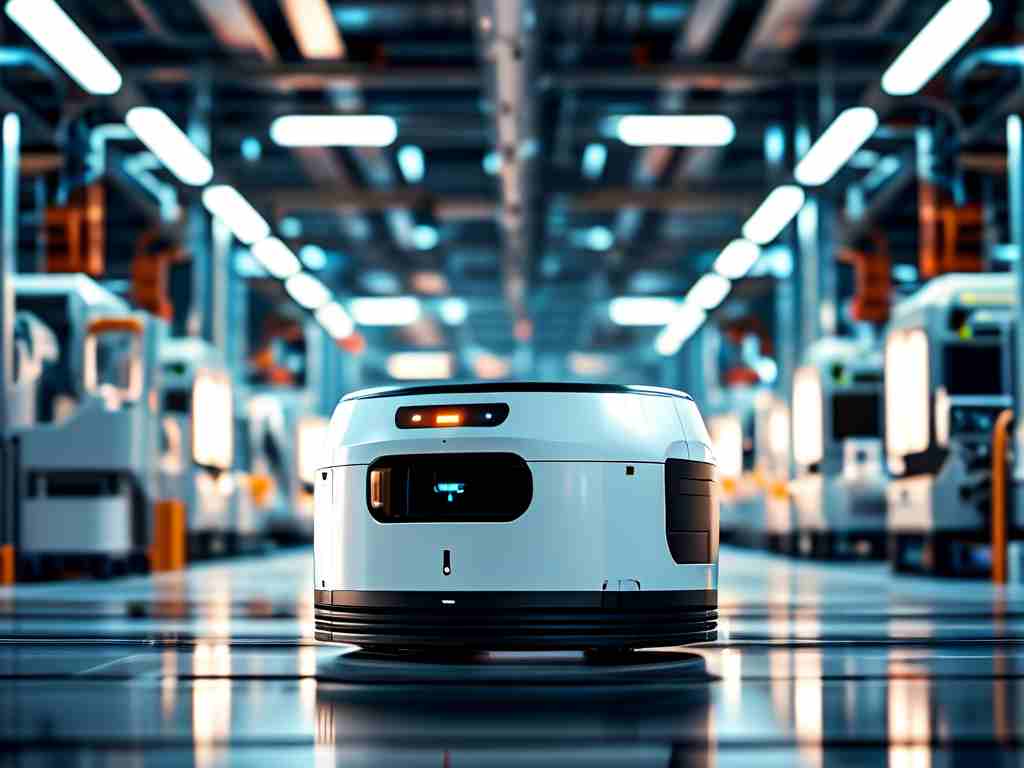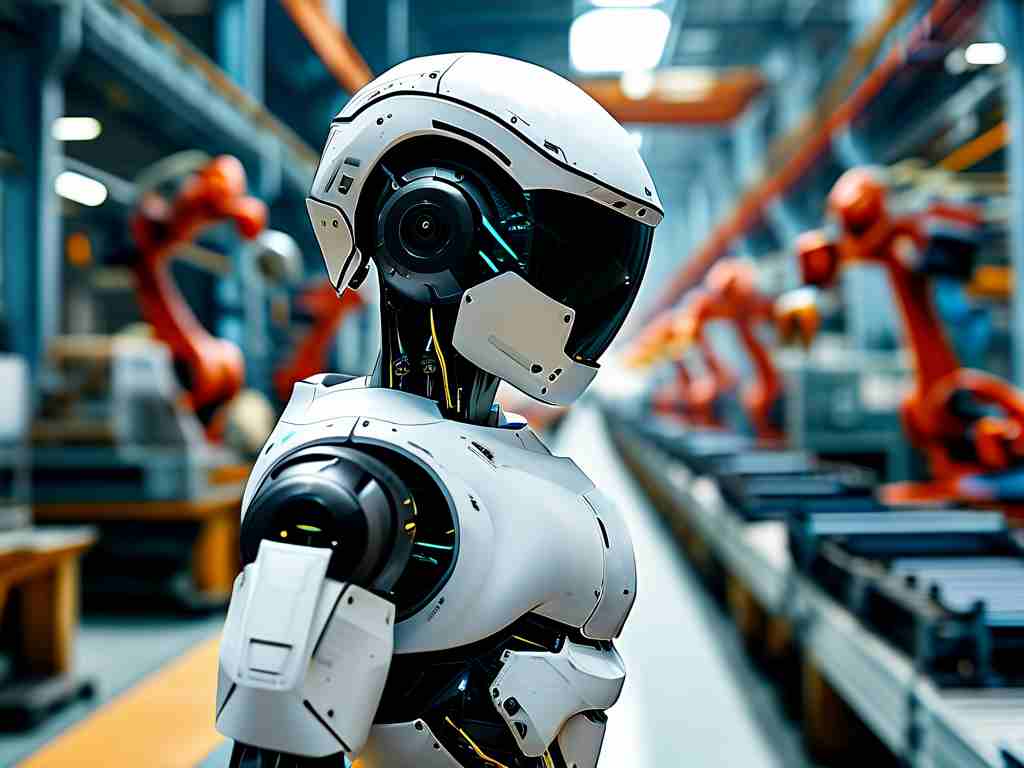The evolution of industrial automation has reached a critical juncture with the emergence of robotic battery swap systems. This groundbreaking technology addresses one of the most persistent challenges in robotics – continuous operational uptime. By enabling seamless power replenishment without human intervention, battery swap mechanisms are redefining efficiency standards across multiple industries.

Core Mechanism
At the heart of robotic battery swap technology lies a sophisticated three-stage process. First, advanced sensors detect power levels dropping below predefined thresholds. This triggers a handshake protocol between the robot and the charging station, initiating precise alignment through laser-guided positioning systems. The actual swap occurs via custom-engineered manipulators capable of extracting depleted battery modules and inserting fully charged units within 45-90 seconds – significantly faster than conventional charging methods.
Notably, the system employs adaptive torque control to handle varying battery weights (typically 8-25kg) and form factors. A fail-safe electromagnetic locking mechanism ensures secure connections, while integrated diagnostic tools perform real-time health checks on both the robot and battery during each exchange cycle.
Industrial Applications
-
Manufacturing Ecosystems
Automotive assembly lines exemplify the transformative potential of this technology. At a major German automaker's facility, battery swap-enabled robots maintained 98.6% operational continuity during peak production, compared to 82% in traditional systems. The elimination of charging downtime enabled a 17% increase in daily output. -
Logistics Networks
E-commerce giants are deploying this technology in warehouse automation. Autonomous mobile robots (AMRs) equipped with swap capabilities can now operate through entire 12-hour shifts without interruption. Field data from Asian logistics centers show a 40% reduction in fleet size requirements due to improved asset utilization. -
Sustainable Energy Integration
Forward-thinking companies are coupling battery swap stations with renewable microgrids. A pilot project in California's Central Valley demonstrates how solar-powered swap stations can reduce robotic carbon footprints by 63% compared to grid-dependent charging systems.
Technical Challenges
While promising, implementation hurdles persist. Battery standardization remains elusive, with over 12 competing connector designs currently in circulation. Thermal management during rapid swaps poses engineering challenges, particularly in extreme environments. Recent studies indicate that frequent mechanical engagement can cause connector wear, potentially reducing interface efficiency by 0.3% per 1,000 cycles.
Economic Implications
The financial calculus reveals intriguing trade-offs. Initial deployment costs run 25-40% higher than traditional charging infrastructure. However, lifecycle analyses show break-even points occurring within 18-28 months for high-utilization scenarios. A textile manufacturer in Guangdong Province reported a 22% reduction in energy costs through optimized battery conditioning during off-peak hours.
Future Developments
Emerging innovations promise to overcome current limitations. Shape-memory alloy components are being tested to address connector wear issues. Wireless power transfer integration could enable partial charging during swap sequences, potentially extending service intervals by 30-50%. Perhaps most significantly, machine learning algorithms are being deployed to predict battery degradation patterns, allowing proactive maintenance scheduling.
The global market trajectory underscores the technology's potential. From a $780 million valuation in 2023, industry analysts project compound annual growth of 19.4% through 2030. This expansion is being driven not just by industrial applications, but by emerging use cases in agricultural robotics and underwater exploration systems.
As the technology matures, standardization efforts led by the International Federation of Robotics (IFR) aim to establish universal protocols by 2026. These developments suggest that robotic battery swap systems will transition from specialized solutions to foundational components of automated infrastructure, fundamentally altering how we conceptualize operational continuity in the age of smart manufacturing.









